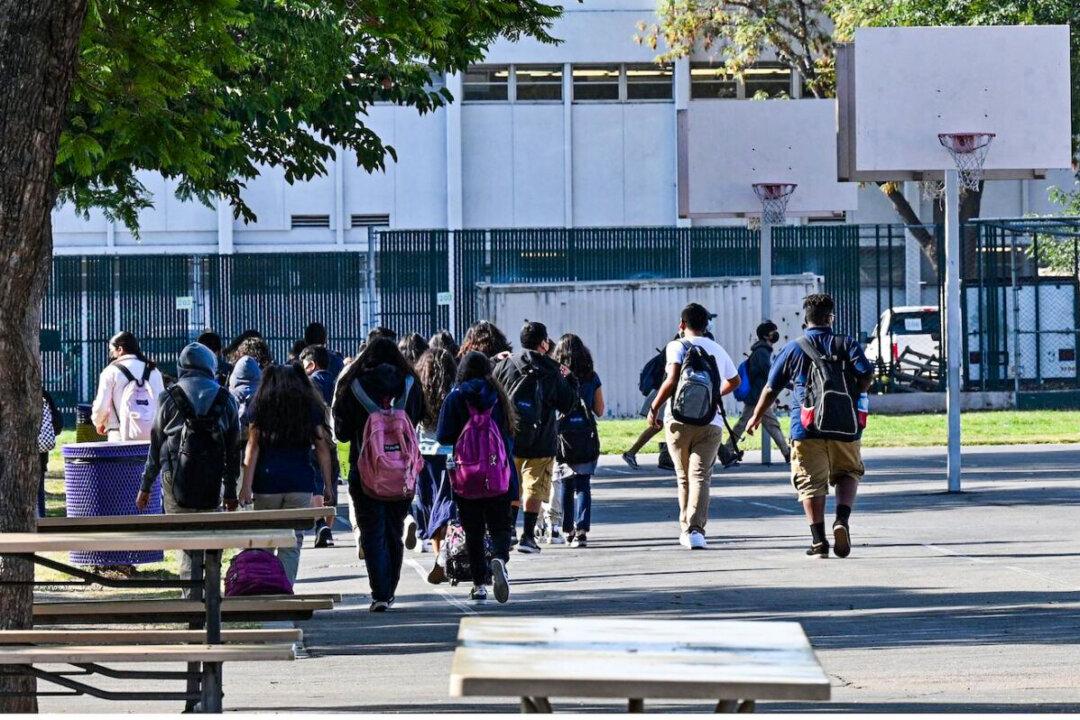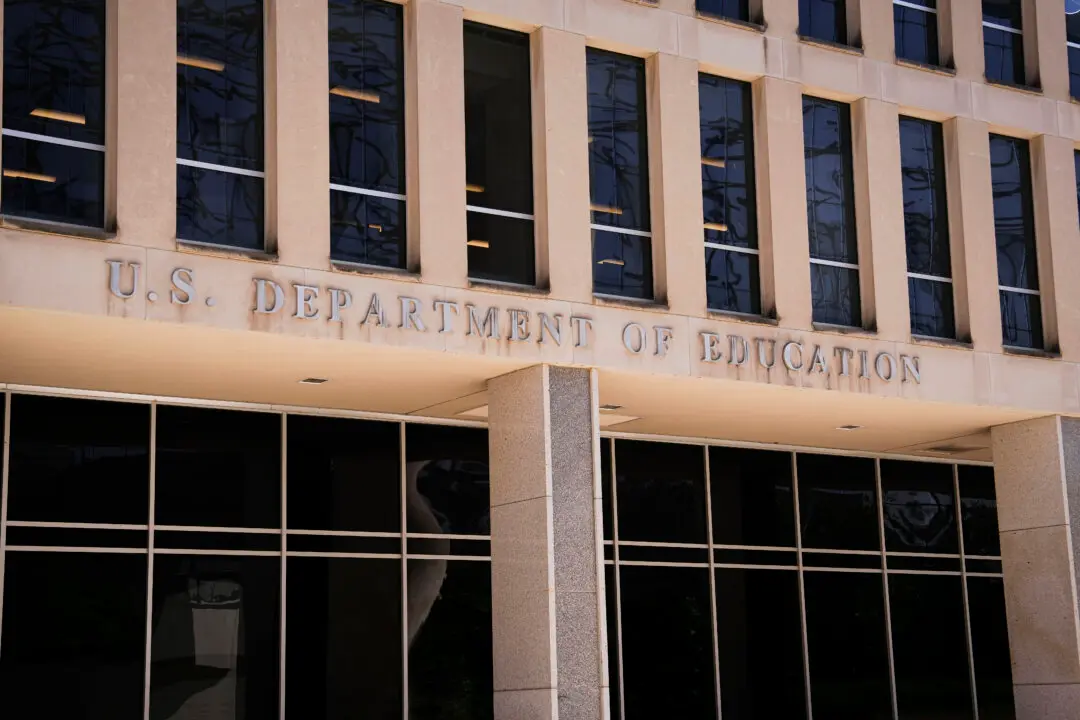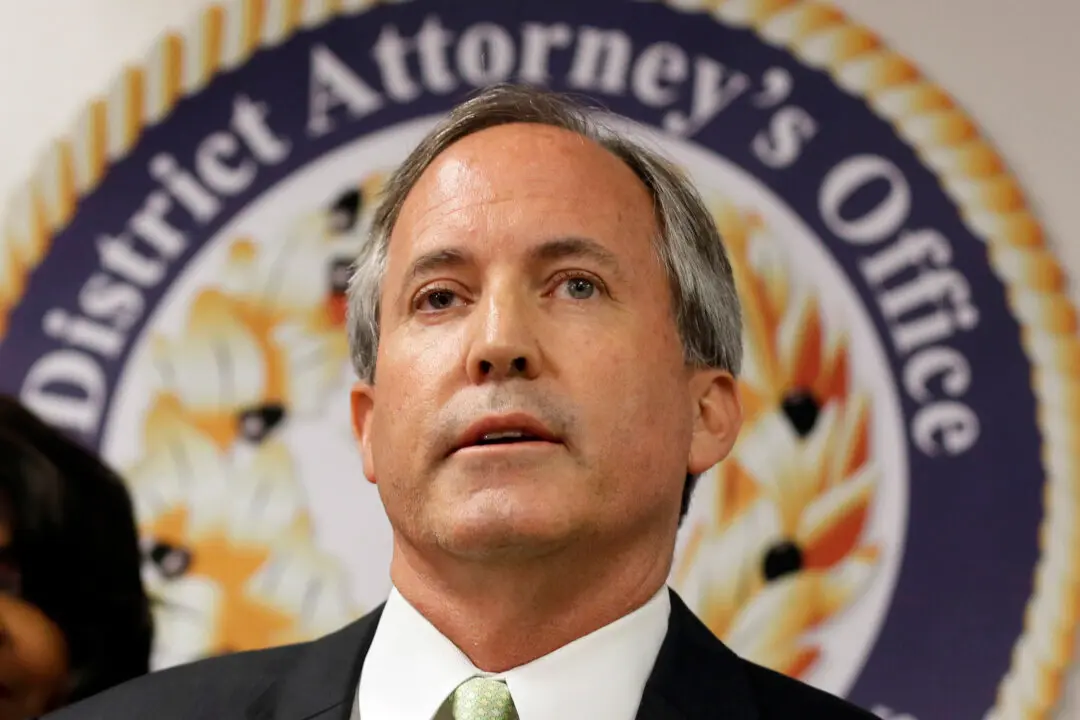Seventy percent of public schools have seen a rise in students seeking help with their mental health since the beginning of the COVID-19 pandemic, a new U.S. government study says.
Roughly 76 percent of public schools also reported an increase in staff voicing concerns about their students exhibiting symptoms such as depression, anxiety, and trauma, according to the study by the National Center for Education Statistics (NCES), an agency within the U.S. Department of Education.





